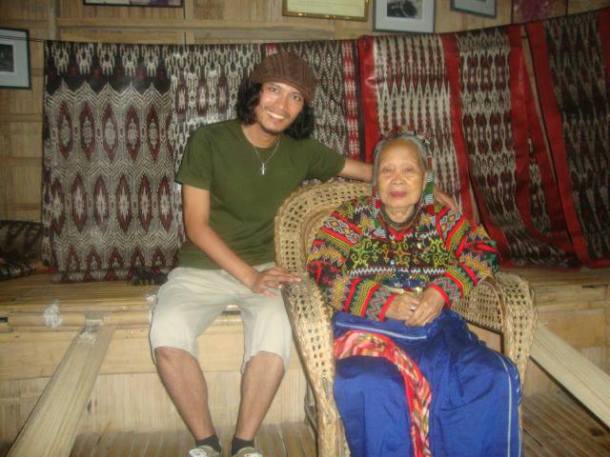
Soon after my discovery of La Laguna province’s long-lost foundation date last year, ordinance #44 , s. 2012 was drafted by then provincial board member Neil Nocon who also chaired the committee on education, tourism, history, arts, and culture. But up to now, the ordinance has not yet been passed, mainly perhaps because of the previous elections (and Mr. Nocon sadly did not make it to the winners’ circle). Nevertheless, Dr. Nilo Valdecantos, tourism consultant to Governor ER Ejército, did not have to wait for its approval to have the date celebrated. He organized a simple yet lively festivity which took place in his avant-garde café-art gallery called Kape Kesada last night as we welcomed the 28th of July with much music, poetry, and booze!
Last year, the date was celebrated only in our humble abode (and online by a few concerned Lagunenses such as Gil Nielo Almendral of ABOUT LAGUNA). So last night’s event can be considered as the the very first grand celebration of this special occasion as we await the passing of the ordinance that was drafted by the very active and passionate Neil Nocon.


Left to right: me, Dory Colcol, historian Nonia Tiongco (of the Santa Rosa Studies Center), and Dr. Nilo Valdecantos (owner of Kape Kesada and organizer of the event).

Homegrown talents of Paeté.




“Ang La Laguna ay isáng nápacagandang lugar. Mayaman sa calicasan, cultura, at casaysayan. Daluyan ng macasining na camalayán at mg̃a obra. May auit ang bauat diuang malayà.”
—Dr. Nilo Valdecantos—

Mario Valdellón rocks the house!

Many talented and well-known Paeteños graced the affair. Also in this photo are three of Paeté’s best talents, below us seated by the window (left to right): former Paeté mayor Elmoise Afurong (now DTI member for the Micro, Small, and Medium Enterprise Development Council; he also owns Exotik Restaurant in nearby Kalayaan), world renowned neo-genre painter Dominic Rubio (right below me), and famous movie and TV actor Leandro Baldemor.

With BOSERO photographers of Paeté (left to right: Aieen Tanay, Jade Cadang, Mira Umali, and me).
¡Muchísimas gracias por el apoyo, Señor Nilo Valdecantos! ¡Eres un amigo de buen corazón! =)

With my publisher and editor Ron Yu of In-Frame Media Works.
CLICK HERE for more photos! And watch out for my debut book LA LAGUNA The Heart of the Philippines (an In-Frame Media Works publication) coming out before the year ends! 😀
*************









